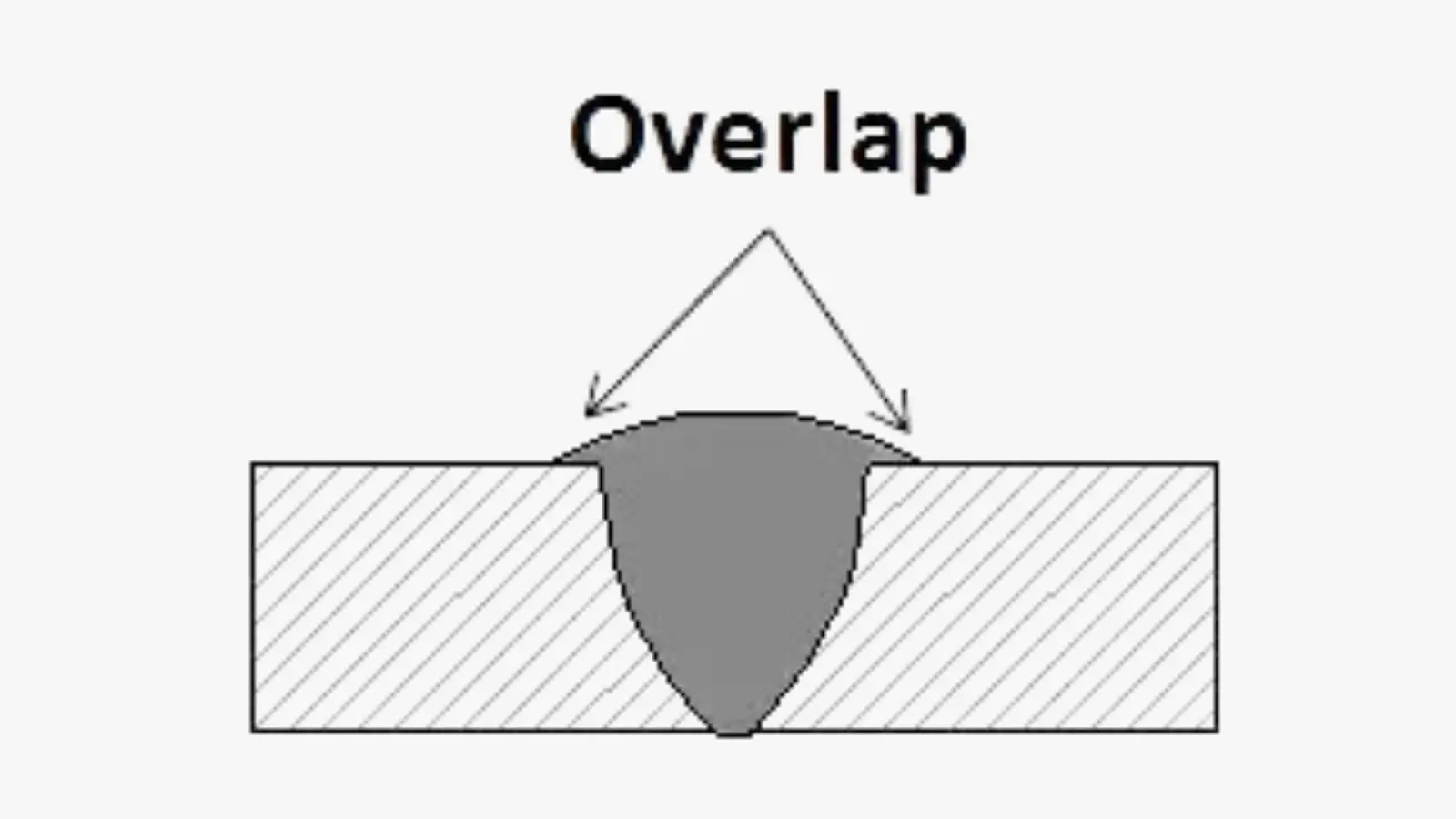Step-by-Step Overview to Preventing Weld Undercut in Different Metals
Step-by-Step Overview to Preventing Weld Undercut in Different Metals
Blog Article
Important Tips for Welders: Stopping Undercut Welding and Ensuring Stronger Weld Joints
In the realm of welding, achieving durable and solid weld joints is the keystone of creating top notch work. One common obstacle that welders usually run into is undercut welding, which can jeopardize the integrity of the weld joint.

Recognizing Undercut Welding
Undercut welding is a typical welding issue that happens when the weld steel falls short to appropriately load the groove and leads to a groove-like clinical depression along the weld bead. This flaw weakens the weld joint, making it prone to fracturing and failure under anxiety. Damaging can be triggered by numerous factors, including extreme welding existing, high welding speed, incorrect electrode angle, inaccurate electrode dimension, and poor welding method.
Among the major reasons for undercut welding is a discrepancy in between the welding existing and the welding rate. If the welding current is too high or the welding speed is as well quickly, the weld steel might not sufficiently fill up the groove, bring about undercutting. Additionally, utilizing an electrode that is as well huge can cause a comparable outcome, as the excess metal can not correctly stream into the groove.
To stop undercut welding, welders need to guarantee they are utilizing the proper welding specifications, preserve an appropriate electrode angle, pick the ideal electrode dimension, and technique proper welding techniques. By dealing with these elements, welders can reduce the danger of undercutting and create stronger, more dependable weld joints.
Appropriate Welding Technique
Reliable welding method plays an essential duty in making sure the quality and honesty of weld joints. One essential aspect of correct welding method is maintaining the proper angle and distance in between the welding gun and the work surface.
Furthermore, a stable and regular hand motion is essential for developing strong and sturdy weld joints. Welders ought to intend for smooth, uniform activities to ensure also distribution of the weld material. Correct manipulation of the welding weapon and filler material is likewise vital to accomplishing optimum penetration and combination.
Furthermore, managing the warmth input and selecting the proper welding parameters based on the product being bonded are vital consider achieving top notch welds - Preventing weld undercut. Welders should comply with the advised setups given by welding procedure specs and readjust them as needed based on the certain needs of the project. By mastering proper welding strategies, welders can substantially enhance the toughness and dependability of their weld joints
Picking the Right Electrode
Keeping the appropriate angle and range in between the welding gun and the work surface is fundamental when taking into consideration the significance of selecting the ideal electrode in welding applications. The option of electrode plays a vital duty in establishing the top quality and toughness of the weld joint. Electrodes can be found in numerous kinds, each made for details objectives and products.
To start with, choosing the proper electrode diameter is vital. Thinner electrodes are appropriate for welding thin materials, while thicker electrodes are better for thicker materials and greater warmth applications. Matching the electrode size to the thickness of the workpiece helps attain a well balanced weld.
Second of all, comprehending the material composition of the electrode is important. Different electrodes are designed for welding details products like steel, stainless-steel, Preventing weld undercut aluminum, or cast iron. Using the correct electrode product makes certain great fusion and minimizes the threat of flaws in the weld.
Finally, thinking about the welding position and strategy is vital when selecting the electrode type. As an example, particular electrodes are better suited for upright or above welding settings, while others function well for level or horizontal placements. Choosing the right electrode based upon the welding technique boosts the general weld quality and stability.
Preparing the Base Metal
To ensure a successful welding procedure, what first steps should be taken when preparing the base metal for welding? Furthermore, any kind of existing weld material or residue from previous welding must be gotten rid of to ensure a clean surface area for the brand-new weld.

Conducting Post-Weld Examinations

After performing these evaluations, welders need to compare the results versus sector requirements and job requirements to ensure that the weld joint fulfills all essential requirements. Any type of discrepancies or inadequacies found during the post-weld examination must be quickly dealt with via proper restorative measures to assure the weld's stability. By diligently executing post-weld assessments and promptly resolving any type of issues, welders can maintain the quality and integrity of their work, inevitably contributing to the safety and durability of the welded frameworks.
Conclusion

In conclusion, protecting against undercut welding and guaranteeing more you could check here powerful weld joints require a mix of proper welding method, choosing the best electrode, preparing the base steel correctly, and performing post-weld evaluations. By recognizing the root causes of undercut welding and carrying out the necessary safety measures, welders can generate premium weld joints that fulfill industry requirements and make certain the structural stability of the welded parts.
Undercut welding is a typical welding defect that occurs when the weld metal falls short to properly fill up the groove and results in a groove-like anxiety along the weld grain (Preventing weld undercut). Undercutting can be YOURURL.com caused by different aspects, consisting of excessive welding current, high welding speed, incorrect electrode angle, wrong electrode dimension, and poor welding technique
One of the primary reasons for undercut welding is an inequality in between the welding current and the welding speed. If the welding current is too high or the welding speed is as well quick, the weld metal may not appropriately load the groove, leading to undercutting.Maintaining the correct angle and distance between the welding gun and the workpiece is fundamental when considering the significance of selecting the best electrode in welding applications.
Report this page